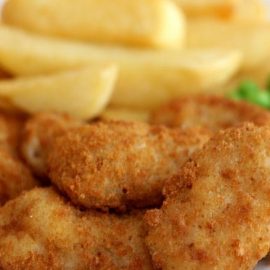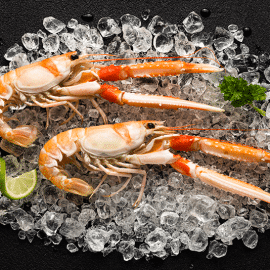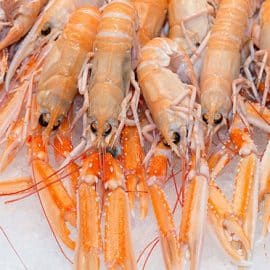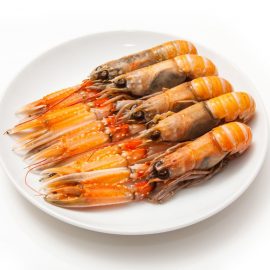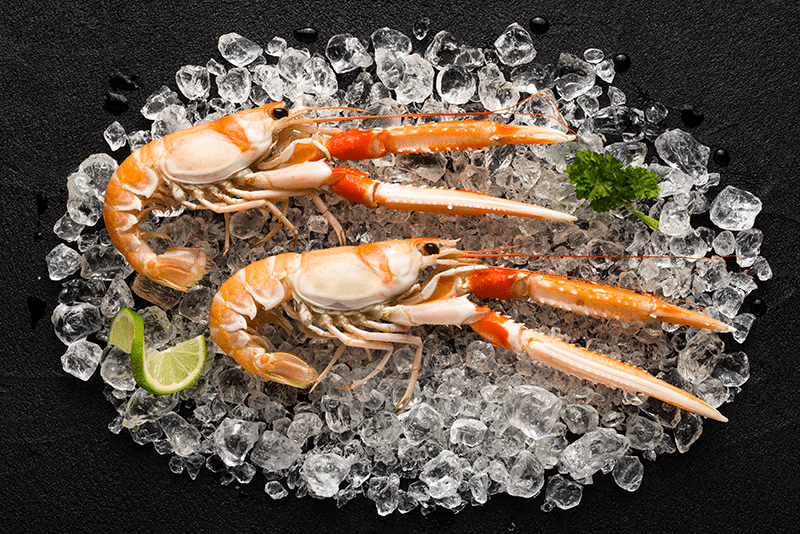
Prawns of Outstanding Quality
These tiny creatures go by many names, including Dublin Bay prawn, Norway lobster, and langoustine. Unlike other prawns, which are typically grey and turn pink after cooking, this lobster is a gorgeous pink. It is called scampi once the meaty tail has been peeled.
The peeled scampi we serve are not your ordinary scampi because they are generously smothered in breadcrumbs. Peeling it isn’t necessary. The meat of a langoustine is delicious when it is still in its shell.
The Process of Making the Scampi
In Italian, scampi means prawn, the plural of scampo. Many people are confused about what scampi are because of this. Are those prawns or shrimps?
Scampi is labelled as Nephrops norvegicus under UK nutritional labelling regulations. There are always Latin names for fish, often listed alongside common names.
Typically, langoustines grow to 18-20 cm in length, with the claws and tail included. Restaurants serving Mediterranean and French cuisine frequently offer these dishes.
It is the tail that contains the meat. It is common for lobsters to be as large as 50 – 80cm and have meat in their claws and tails.
Generally, scampi are peeled tails. They are usually served in breadcrumbs or a thin batter in the UK. Pub menus have featured this dish for a long time. Almost every pub in the UK serves Scampi and Chips.
Fishermen often use trawls or creels in the North Sea to catch scampi or Dublin Bay Prawns, and lobster pots are less common. Typically, lobsters like these reside in deep waters between 20 and 800 meters. A burrow they dig in the seabed is between 20 and 30cm deep. Our Scampi are sustainably sourced through a variety of methods.
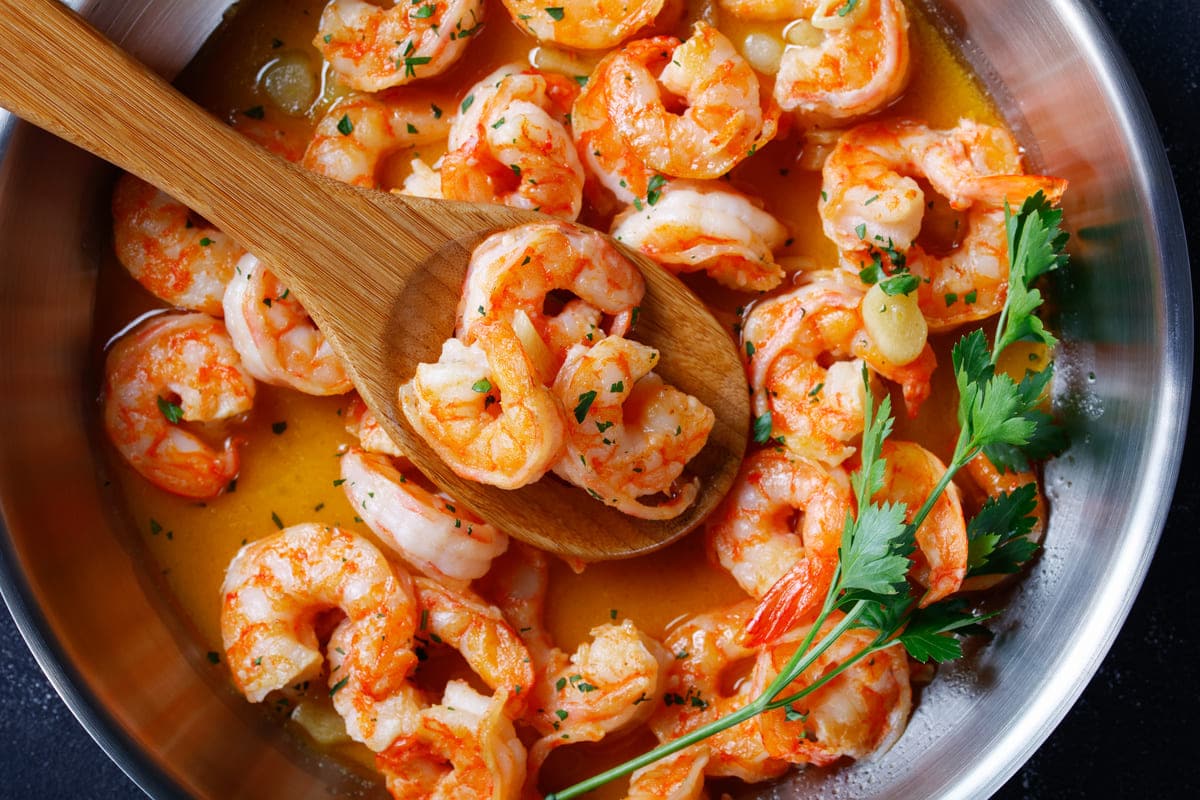
Whitby Scampi
Many types of scampi are available throughout the UK, but Whitby Scampi is the only type prepared in Whitby after it has been caught. Also, our Wholetail Scampi are sourced primarily from the British Isles, specifically west Scotland and Ireland.
Monkfish Scampi
Interestingly, monkfish was once substituted for ‘real’ scampi because of its lower cost. Even though Monkfish Scampi still exists, it is now known as Monkfish Scampi since it is no longer cheaper than other scampi. The texture and taste are the same, yet it has its own identity.
Wholetail Scampi
As the name implies, Wholetail Scampi are whole tails. Based on their size, you may need a few tails to make a piece of battered or breaded scampi. Alternatively, you can mince the meat and shape it from tail pieces to reduce the cost of scampi. Pack labels should declare this if you’re buying them. You can also inquire with the staff when placing your order at the pub or restaurant. It should affect the price in some way.
Scampi Recipe
An Appetizer of Scampi with Tartare Sauce
- Preparation time:30 mins
- Cooking time:20 mins
- Serves 2
Ingredients
- 15-20 prawn tails from Dublin Bay or langoustines
- Fry with vegetable or sunflower oil
- Plain flour 140g
- Cornflour 85g
- Beer 150ml
- Sparkling water 150ml
- Serve with lemon wedges and fried potatoes
For the tartare sauce:
- Six tablespoons of mayonnaise
- Chop one gherkin finely
- One tablespoon of rinsed and chopped capers
- A teaspoon of lemon juice
- Chop one tablespoon of parsley
- Chop two teaspoons of tarragon

Method
After removing the pincers and head, prepare the langoustines for cooking. Slice the tail lengthwise using sharp scissors, lying it flat on a chopping board. Having peeled the langoustine, remove the grit sac by scoring it.
Make sure you have plenty of oil in a deep, large saucepan or wok. Cover the pan up to 2-3 inches on all sides. Mix all the ingredients for the tartare sauce in a bowl and season to taste.
Combine the flour with salt and pepper in a bowl. Make a smooth batter by adding sparkling water and beer.
Test the oil by putting the batter into it; it should be crisp in 30 seconds. In batches, dip langoustines or prawn tails into the batter and deep fry them carefully in hot oil. As they cook, pour more batter over them to give them a crispier coating. Avoid overcrowding the pan by frying them one at a time. After the crisps have become golden and are afloat, remove them and let them drain on paper towels. Salt the scampi and serve alongside lemon wedges, chips and tartare sauce.
An important tip:
A Scottish langoustine’s flesh is soft and sweet. For a substitute, try crevettes or giant prawns.
